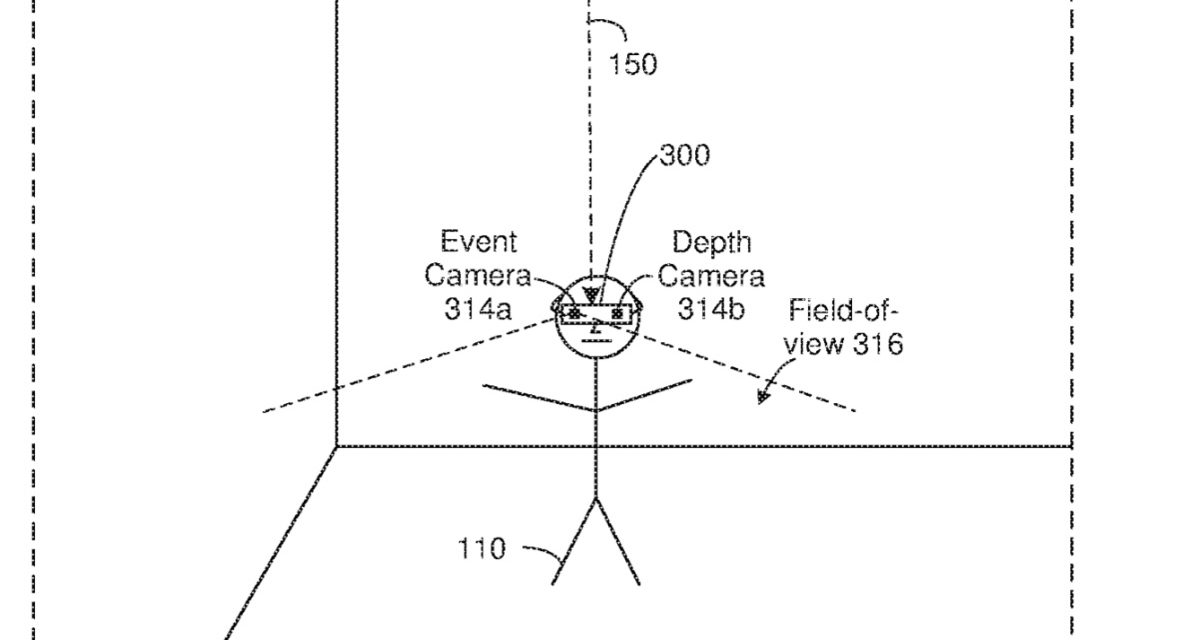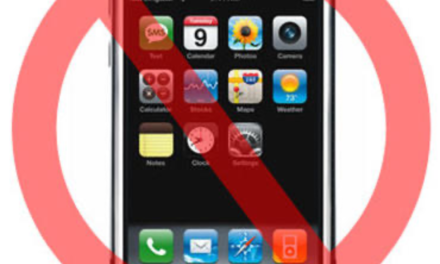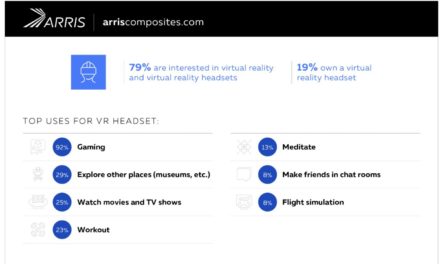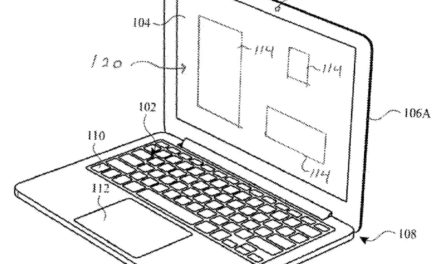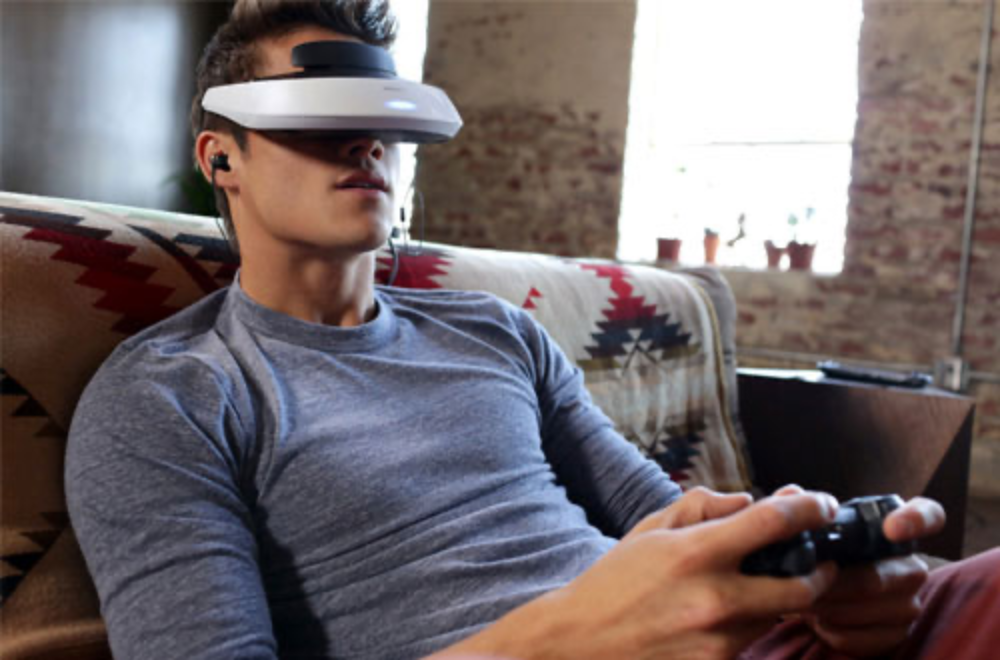Apple has been granted a patent (number 11,190,753) for a “head-mountable device with object movement detection.” It involves the rumored “Apple Glasses,” an augmented reality/virtual reality head-mounted display.
About the patent
HMDs are available in a variety of different form factors. For example, some HMDs resemble a helmet, whereas others resemble a pair of eyeglasses. Most HMDs include at least one display that the user can view when the head-mountable device is worn by the user.
Some such devices include multiple displays. For example, some HMDs include two displays, one for each eye.
Head-mountable devices have a variety of applications. For example, head-mountable devices are often used in gaming, aviation, engineering and medicine. Since an HMD is in such close proximity to the user when it’s being used, the amount of heat that the head-mountable device generates may need to be controlled. The amount of heat that the head-mountable device generates typically correlates to the amount of power consumed by the head-mountable device.
As such, the amount of power that the head-mountable device consumes may need to be controlled. Typically, the amount of power consumed by an HMD depends on the hardware and/or software capabilities of the head-mountable device. For example, a head-mountable device with higher processing power, a larger memory and/or a faster refresh rate typically consumes more power than a head-mountable device with lower processing power, a smaller memory and/or a slower refresh rate. Apple says that, however, limiting the hardware and/or software capabilities of the head-mountable device usually hampers performance of the HMD and degrades the user experience. The company doesn’t want this to happen with its Apple Glasses.
Summary of the patent
Here’s Apple’s abstract of the patent: “Various implementations disclosed are for detecting moving objects that are in a field of view of a head-mountable device (HMD). In various implementations, the HMD includes a display, an event camera, a non-transitory memory, and a processor coupled with the display, the event camera and the non-transitory memory. In some implementations, the method includes synthesizing a first optical flow characterizing one or more objects in a field of view of the event camera based on depth data associated with the one or more objects.
“In some implementations, the method includes determining a second optical flow characterizing the one or more objects in the field of view of the event camera based on event image data provided by the event camera. In some implementations, the method includes determining that a first object of the one or more objects is moving based on the first optical flow and the second optical flow.”
About Apple Glasses
When it comes to Apple Glasses, such a device will arrive in 2022 or 2023, depending on which rumor you believe. It will be a head-mounted display. Or may have a design like “normal” glasses. Or it may be eventually be available in both. The Apple Glasses may or may not have to be tethered to an iPhone to work. Other rumors say that Apple Glasses could have a custom-build Apple chip and a dedicated operating system dubbed “rOS” for “reality operating system.”
Article provided with permission from AppleWorld.Today

